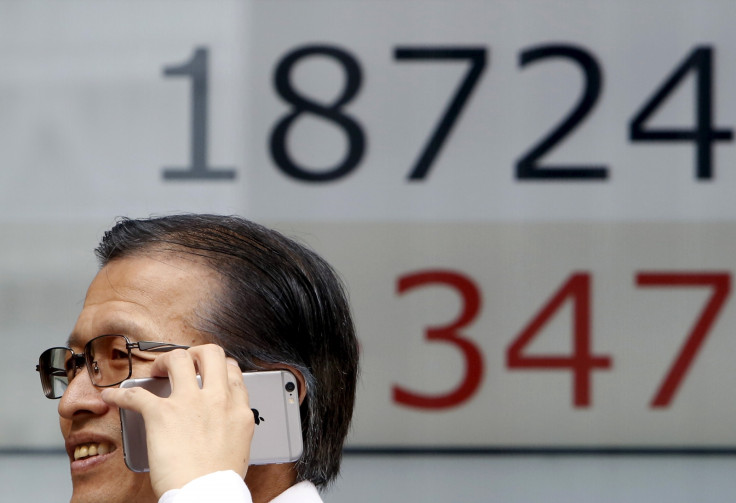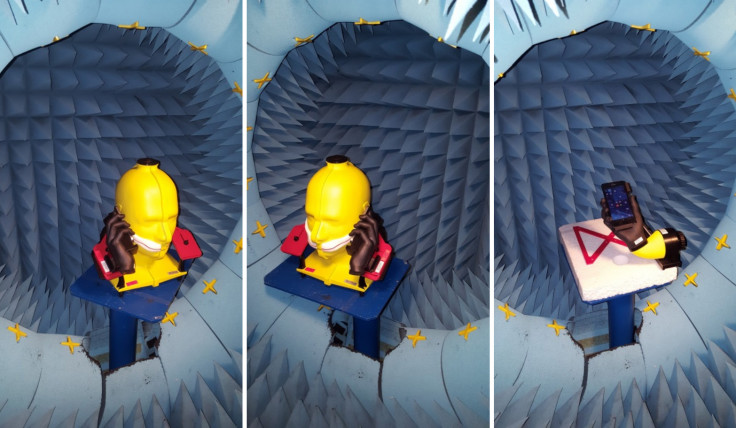Here's why holding your iPhone in your right hand will give you much better mobile signal
Danish researchers say antennas perform differently depending on how you hold your phone.

Which hand do you usually hold your mobile phone in? Danish scientists have discovered that your iPhone will have much better mobile reception if you hold it in your right hand, after tests found that the hand used to hold the phone, and the direction the device is facing, can seriously affect how well the antenna in your smartphone is able to receive radio signals.
When numerous consumers and media organisations complained in 2010 about mobile reception issues with the iPhone 4, Steve Jobs famously said, "Just avoid holding it in this way". Apple also released a statement saying that users had to avoid gripping their handsets from the lower left corner of the phone in order to avoid the smartphone's antenna being covered, and thus not performing well.
However, apart from that incident, for the most part, no one ever tells you how to hold your phone, so a group of scientists were commissioned by the Nordic Council of Ministers to analyse whether mobile phones from leading brands suffer from an impaired mobile signal performance depending on how they are gripped, which shouldn't be the consumer's fault.
To do this, the scientists from Aalborg University in Denmark set up a laboratory and tested 26 phone models on 900 MHz, which is the most common GSM mobile frequency band in the world for making calls, to see how each device is able to ensure a connection and transmit voice calls and data in a situation where only weak radio signal is available.
The phones that were tested included: the Apple iPhone 6 series; several Samsung Galaxy phones including the S7, S7 Edge, S6 Edge+, S5 Mini, J1; the Sony Xperia Z3 and Z5 models; the LG G5; the Huawei P9, Honor 7 and Y360; the HTC 10 and Desire 626; and the Nexus 6P and 5X.
The iPhone showed the biggest disparity when held in different hands

The researchers discovered that when it came to the iPhone 6S Plus, users were much more likely to get a stronger mobile signal if they held the smartphone in their right hands, as the signal improved by 300% when held in the right hand rather than the left, with a disparity of 12 dB between the two hands. The same was also true for the iPhone 6S and the iPhone SE, although the disparity between the signals when held in the left or right hand was only double or less.
When it came to the Samsung phones, surprisingly the results showed that performance was better when the smartphones were held in the left hand, although with these devices, the disparity between the signal received from each hand was quite small, only about 2 dB.
Sony Xperia phones also had a negligible disparity of about 2-3 dB that favoured the right hand, and the same result was seen from Huawei, HTC and Nexus. Only the LG phone showed a great improvement in signal when used by the right hand, rather than the left.
"The performance variation between left hand and right hand usage is for several phones very large. This show that for some phones the antenna design does not take body loss in different usage positions into account. A well designed antenna solution has a low body loss in both right and left hand usages," the researchers concluded.
"It has been demonstrated that a 7 dB difference in phone performance can result in a largely reduced coverage. It is recommended that a standard is set for the minimum accepted communication performance. Such a standard could be set by ETSI [for example]. Alternatively, the test results for each phone should be public available to guide the consumers when buying mobile phones."
© Copyright IBTimes 2025. All rights reserved.






















